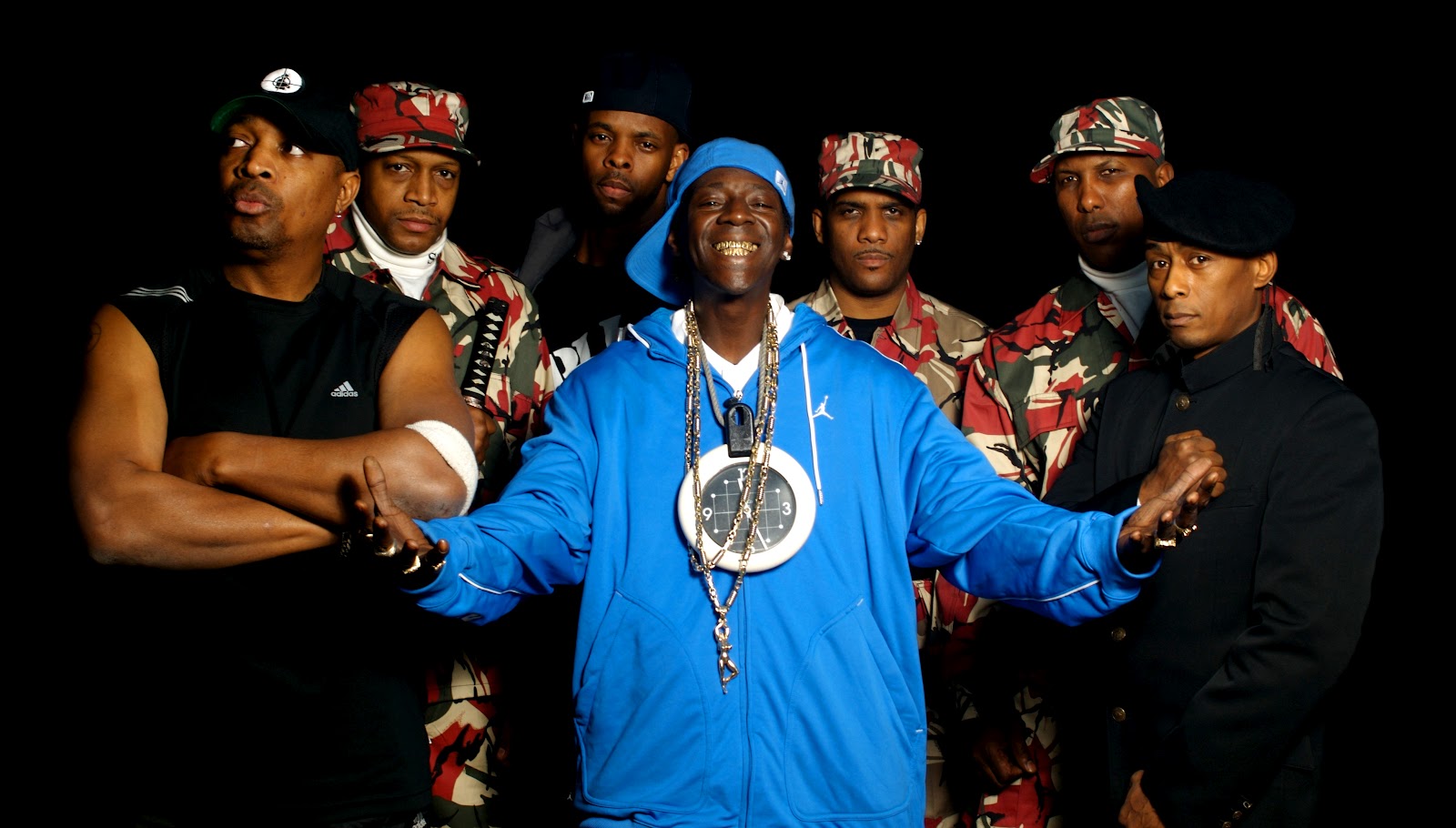Introduction to Public Enemy
Public Enemy is a phrase that resonates across various contexts, from music to social dynamics. It's a term that has evolved over time, embodying different meanings depending on the era and situation. In 2024, understanding the concept of "public enemy" is more relevant than ever, as it reflects societal challenges and the role of media and public perception. Whether you're interested in its origins in the music industry or its implications in contemporary society, this guide will provide you with a thorough understanding of what it means to be a "public enemy" today.
The Origins of Public Enemy in Music
The term "public enemy" gained significant popularity in the late 20th century, largely due to the influential hip-hop group Public Enemy, formed in 1985. Known for their politically charged lyrics and critique of systemic injustices, the group played a pivotal role in shaping the landscape of hip-hop music. Public Enemy's impact was not just musical but cultural, as they addressed issues like racial inequality, police brutality, and corporate greed. Their message resonated with audiences worldwide, making them a symbol of resistance and empowerment. Understanding their legacy helps contextualize the term's modern usage and its broader implications.
Public Enemy in Pop Culture
Beyond music, "public enemy" has infiltrated various facets of pop culture. Movies, books, and even video games have adopted this concept to depict antagonists who challenge societal norms or represent a threat to the status quo. In cinema, films like "Public Enemies" starring Johnny Depp, highlight notorious historical figures, casting them as iconic anti-heroes. This depiction often blurs the line between villainy and heroism, inviting audiences to question who the real "public enemies" are. As pop culture continues to evolve, so does the portrayal of figures who fit this archetype, reflecting ongoing societal debates and tensions.
Read also:Exploring Camille Monfort A Comprehensive Guide To Her Wikipedia Page
Societal Implications of Being a Public Enemy
In today's world, being labeled a "public enemy" can have profound implications. It suggests a person or group that poses a threat to societal norms or the public good. This label can be applied to political figures, activists, or any individual whose actions are perceived as dangerous or subversive. The implications are both social and legal, as those deemed public enemies may face increased scrutiny, legal challenges, and media vilification. Understanding the societal impact of this label is crucial, as it often reflects deeper issues of power, control, and resistance.
Media's Role in Shaping Public Enemies
The media plays a significant role in shaping who is perceived as a public enemy. Through selective coverage and framing, media outlets can influence public perception, often amplifying fears or biases. This power of media highlights the importance of critical consumption of news and information. In 2024, with the proliferation of digital media, the ability to create and disseminate narratives about public enemies is more potent than ever. As consumers, being aware of these dynamics is essential in discerning reality from sensationalism.
Public Enemy in the Digital Age
The digital age has redefined what it means to be a public enemy. Online platforms have the power to elevate or vilify individuals rapidly, creating viral sensations that can either support or destroy reputations. Social media, in particular, has become a battleground where public enemies are identified and debated. The speed at which information spreads online means that anyone can become a public enemy overnight, often without due process or factual accuracy. This phenomenon underscores the need for digital literacy and responsible engagement in online spaces.
Case Studies: Modern Public Enemies
Examining modern examples of public enemies can provide insight into how this concept functions in today's society. Figures like whistleblowers, activists, and controversial public figures often find themselves labeled as public enemies due to their actions or ideologies. These case studies reveal the complexities of the label, as the reasons for being deemed a public enemy are often multifaceted, involving political, social, and economic factors. By studying these examples, we can better understand the nuances of public perception and the factors that contribute to someone being seen as a public threat.
Public Enemy and Social Justice Movements
The intersection of public enemies and social justice movements is a critical area of exploration. Many individuals who are labeled as public enemies are, in fact, advocates for change, challenging oppressive systems and advocating for marginalized communities. This dynamic highlights the tension between maintaining the status quo and pushing for progress. Social justice movements often embrace figures labeled as public enemies, rallying around their causes and using their notoriety to draw attention to broader issues. This alliance underscores the power of collective action and the importance of standing against unjust labels.
Strategies for Addressing Public Enemy Perceptions
For those who find themselves labeled as public enemies, navigating public perception can be a daunting task. Strategies for addressing this label include engaging in open dialogue, providing transparency, and leveraging media platforms to share their side of the story. Building alliances with supportive communities and organizations can also help counteract negative perceptions. Ultimately, the goal is to challenge the narrative and shift public opinion, emphasizing the individual's true intentions and contributions. Understanding these strategies is vital for anyone facing the challenges of being a modern-day public enemy.
Read also:Is Diddy Gay Exploring The Rumors And Speculations In 2024
Conclusion: The Future of Public Enemies
As we move further into 2024, the concept of public enemies continues to evolve. It remains a powerful tool for examining societal dynamics, reflecting ongoing struggles between authority and dissent. Whether in music, politics, or digital spaces, public enemies challenge us to think critically about power, justice, and the role of individuals in shaping society. By understanding the historical context and modern implications of this label, we can better navigate the complexities of our world and advocate for a more just and equitable future.


